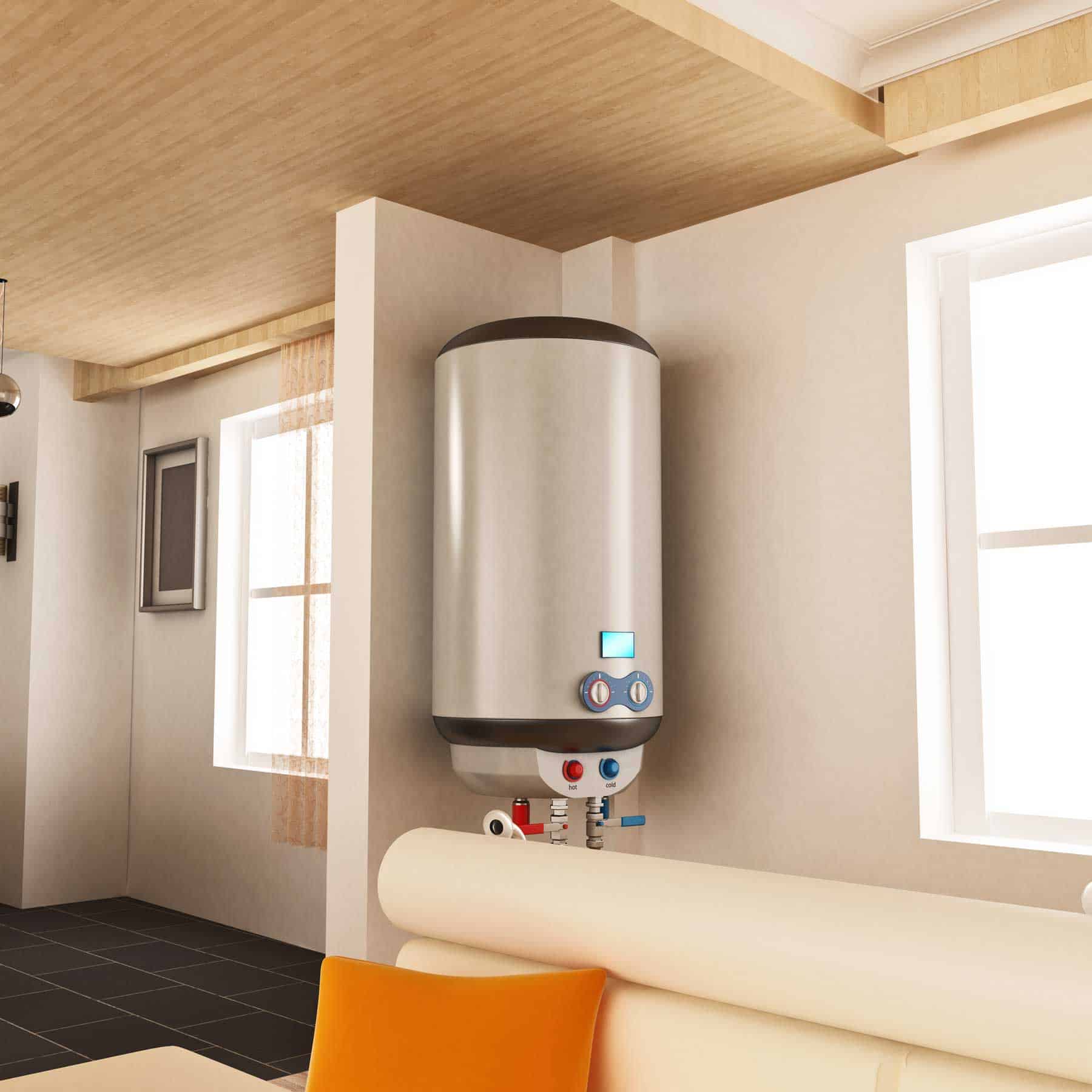Simple Guide to Maintaining Your Home's Hot Water System
Simple Guide to Maintaining Your Home's Hot Water System
Blog Article
Are you currently searching for advice around How to Maintain a Hot Water Heater in a Few Simple Steps?

Hot water is necessary for day-to-day comfort, whether it's for a refreshing shower or cleaning meals. To guarantee your hot water system runs successfully and lasts longer, regular maintenance is crucial. This post gives practical suggestions and insights on exactly how to keep your home's hot water system to avoid interruptions and pricey repair work.
Intro
Keeping your home's hot water system might seem complicated, however with a couple of simple steps, you can ensure it runs efficiently for several years to come. This guide covers whatever from comprehending your hot water system to DIY maintenance ideas and recognizing when to call specialist aid.
Relevance of Maintaining Your Hot Water System
Regular maintenance not only prolongs the life expectancy of your hot water system but also ensures it operates successfully. Disregarding upkeep can lead to decreased efficiency, greater power costs, and even premature failure of the system.
Indications Your Hot Water System Needs Maintenance
Knowing when your warm water system requires focus can protect against major concerns. Keep an eye out for indications such as inconsistent water temperature, weird noises from the heating unit, or rustic water.
Comprehending Your Hot Water System
Before diving right into upkeep jobs, it's practical to recognize the standard components of your hot water system. Generally, this includes the hot water heater itself, pipelines, anode poles, and temperature level controls.
Month-to-month Upkeep Tasks
Normal month-to-month checks can aid capture small concerns prior to they rise.
Purging the Hot Water Heater
Purging your hot water heater gets rid of debris accumulation, enhancing effectiveness and extending its life.
Monitoring and Changing Anode Rods
Anode poles protect against deterioration inside the container. Evaluating and changing them when worn is critical.
Evaluating and Readjusting Temperature Level Settings
Changing the temperature settings ensures optimum efficiency and security.
Do It Yourself Tips for Upkeep
You can carry out several maintenance jobs on your own to keep your warm water system in leading condition.
Checking for Leakages
Consistently evaluate pipes and links for leakages, as these can cause water damage and higher costs.
Checking Pressure Relief Valves
Examining the stress relief valve ensures it operates properly and avoids excessive stress accumulation.
Protecting Pipelines
Shielding warm water pipes reduces warmth loss and can save energy.
When to Call a Specialist
While do it yourself maintenance is beneficial, some problems require specialist competence.
Complicated Concerns Needing Specialist Assistance
Examples consist of major leaks, electric problems, or if your hot water heater is regularly underperforming.
Regular Expert Maintenance Advantages
Specialist maintenance can consist of thorough inspections, tune-ups, and guaranteeing compliance with safety and security requirements.
Verdict
Routine upkeep of your home's hot water system is essential for effectiveness, longevity, and expense savings. By adhering to these suggestions and recognizing when to seek specialist help, you can make certain a reputable supply of warm water without unforeseen interruptions.
How to Maintain an Instant Hot Water Heater
Before tinkering with your hot water heater, make sure that it’s not powered on. You also have to turn off the main circuit breaker and shut off the main gas line to prevent accidents. Also turn off the water valves connected to your unit to prevent water from flowing into and out of the appliance. 2. When you’re done, you have to detach the purge valves’ caps. These look like the letter “T†and are situated on either side of the water valves. Doing so will release any pressure that has accumulated inside the valves while at the same time avoid hot water from shooting out and burning your skin. 3. When the purge valves’ caps are removed, you have to connect your hosing lines to the valves. Your unit should have come with three hoses but if it didn’t, you can purchase these things from any hardware or home repair shops. You can also get them from retail stores that sell water heating systems. Read the user’s manual and follow it to complete this task properly. When the hosing lines are connected, open the purge port’s valves. 4. You should never use harsh chemical cleaners or solutions when cleaning your unit. Make use of white vinegar instead. It should be undiluted and you’ll probably use about 2 gallons. 5. Now flush your water heater. This task should probably take about 40 minutes. We can’t give you specific directions for this because the procedure is carried out depending on the type, model and brand of your heater. With that being said, refer to the user’s manual. 6. When you’re done draining the unit, you have to turn off the purge port valves again. Remove the hosing lines that you earlier installed on each of the water valves. Put the valve caps (purge port) back in their respective places and be very careful so as not to damage the rubber discs that are found inside these caps. 7. Now that everything’s back in place, check your user’s manual again to find out how to reactivate your water heating system. 8. Once it is working, turn one of your hot water faucets on just to let air pass through the heater’s water supply pipes. Leave the tap on until water flows smoothly out of it. https://www.orrplumbing.com/blog/2014/september/how-to-maintain-an-instant-hot-water-heater/

Do you really like more info about What Kind of Maintenance Do Water Heaters Need?? Place a remark further down. We'd be happy to know your thoughts about this piece. In hopes to see you back again soon. Those who enjoyed reading our blog entry if you please be sure to pass it around. Thank-you for going through it.
Call Today Report this page